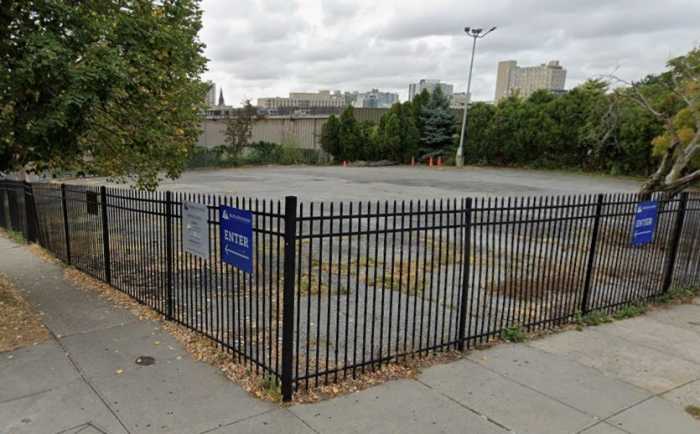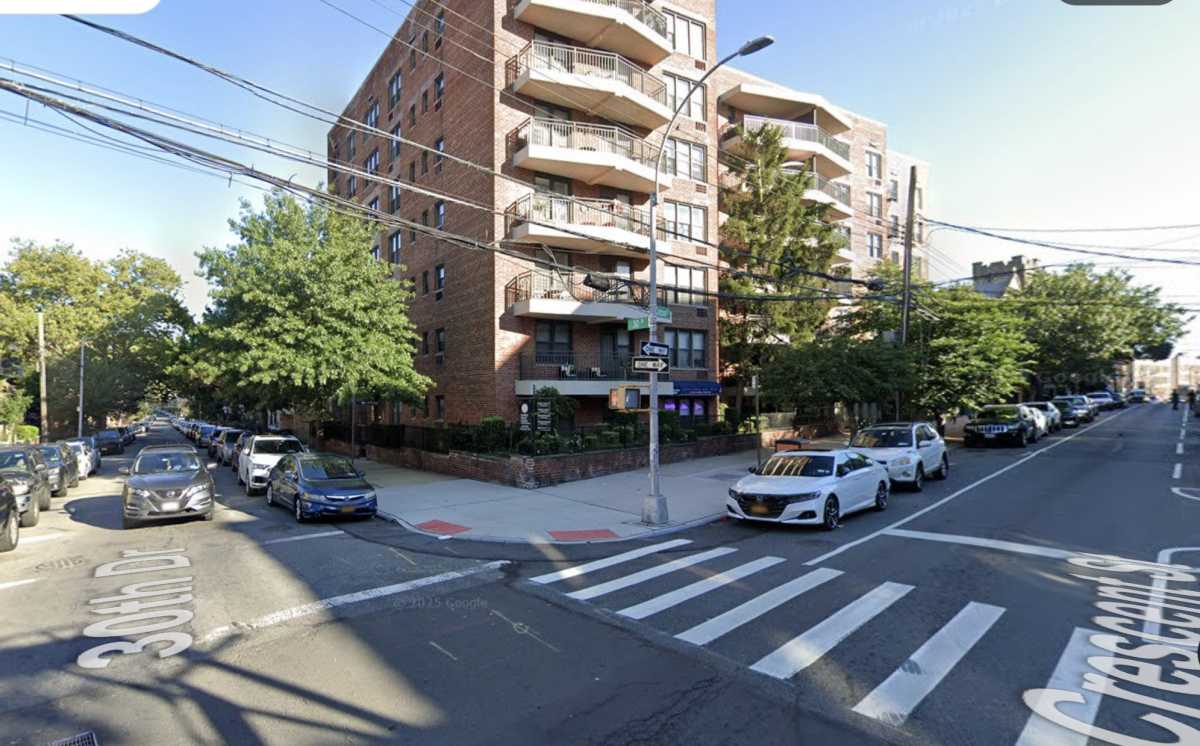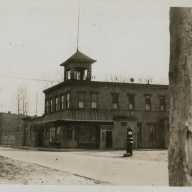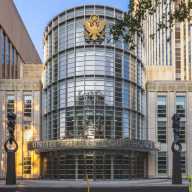BY ANGELA MATUA
The Jamaica Bay Wildlife Refuge is getting a makeover.
The Nature Conservancy (TNC), the National Park Service (NPS) and Jamaica Bay-Rockaway Parks Conservancy (JBRPC) are collaborating on a project to improve the ecological health of habitats at the refuge and enhance visitor experience.
The project will include reducing invasive plants and restoring native plant communities, including flood and salt-tolerant plants. These conditions will create better habitats for migratory birds and improve the area’s ability to recover from floods. The organizations will also enlist volunteers to re-plant the site and monitor butterflies and pollinators.
“The JBRPC is proud to be working with The Nature Conservancy on this key restoration project that advances our goal to expand public access, increase recreational and educational opportunities, and preserve and restore natural areas, including wetland and wildlife habitat in Jamaica Bay,” said Tom Secunda, chairman of the Jamaica Bay-Rockaway Parks Conservancy.
TNC and NPS will call for volunteers to help plant more than 20,000 trees and shrubs within the next few years. The work is expected to begin in the fall of 2015 and continue through 2017. The baseline biological monitoring, including surveys of birds, soils, vegetation and insects, is currently taking place.
“This project will have implications beyond Jamaica Bay by demonstrating how land management strategies on coastal parklands and natural areas can enhance their resilience to climate change,” said Emily Nobel Maxwell, director of The Nature Conservancy’s New York City Program. “With more frequent flooding, sea level rise and severe storms predicted for New York City, this work has potential applications for the City’s 520 miles of coastline and beyond.”
The Jamaica Bay Refuge Wildlife Refuge is home to more than 330 species of birds and other wildlife. It attracts more than 500,000 visitors every year. The site, part of the 11 park sites that make up the Gateway National Recreation Area, is also home to an array of native reptiles, amphibians, small mammals, more than 60 species of butterflies and one of the largest populations of horseshoe crabs in the Northeast.
“The Jamaica Bay Wildlife Refuge provides a home to many of New York City’s animal and plant-life that deserve to live in a secure environment that is free of invasive species and resilient to future storm surge flooding,” Councilman Donovan Richards said. “With our continuously growing city, we need to ensure that our marshes and wildlife sanctuaries remain protected and maintained to mitigate the harmful effects on native species.”
People who are interested in volunteering for re-planting and monitoring the wildlife can sign up here.
RECOMMENDED STORIES
- Jamaica Hills Merchants Association looks to foster local business growth
- St. Albans participates in Family Skate Day
- Volunteers restore salt marshes of Alley Pond Park

































